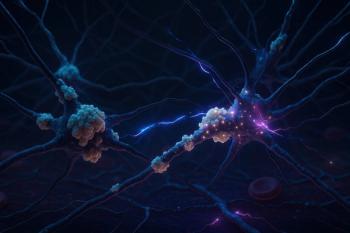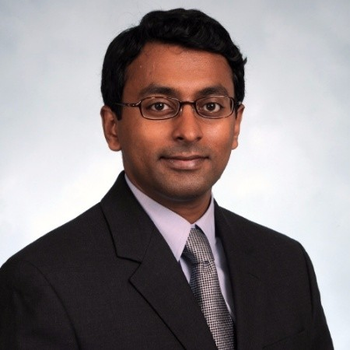
Expert Sheds Light on Opioid Overdose Crisis in Youth
Opioid use, addiction, and overdose in youth continue to increase. What can be done?
CONFERENCE REPORTER
“It’s not just an opioid crisis, it is a polysubstance crisis,” Scott Hadland, MD, MPH, MS, FAAP, told attendees of the
Addressing the issue in youth is important, Hadland explained, because data shows 2 of 3 individuals in
However, the number of
The amount of counterfeit drugs available is partially driving the problem, Hadland said. In fact, he explained it is very difficult to purchase real prescription medications on the street, and the counterfeits are looking more and more like the real thing.
“
With this in mind, clinicians and pediatricians may be wary of prescribing opioid medications to patients with pain issues, but Hadland noted it can be safe to do so—and it should be done if needed. In fact, data has shown only about 1 in 300 youths who were prescribed opioids become addicted or overdose, he said. The key, he added, is being careful.
Long-acting opioid formulations, high daily opioid dose, and a duration of 7 days or longer are prescription-related risks associated with addiction and overdose, Hadland told attendees. He also noted family history of any addition, mental health disorders, and other substance use (eg, nicotine, alcohol, and cannabis) are patient-level risk factors.
Not surprisingly, youth opioid addiction is related to a cascade of care issue, Hadland added. All youth with opioid addiction has a prevalence of about 1%, he said. Unfortunately, less than half of those individuals will receive a diagnosis; only a smaller portion will receive any treatment; a sliver of those will receive medication; and smaller slivers will remain in treatment 1 month and 6 months. The data is even more alarming for certain populations, he said. Black youth and Hispanic youth are 65% and 74% (respectively) less likely to receive treatment, he explained, and 32% and 58%, respectively, less likely to be retained short-term.
Fortunately, there are some things that can be done in the clinical trenches, Hadland said. Screening is of utmost importance, he noted, and encouraged open dialogues with patients. Overdose prevention and
Read more on opioid use disorder:
Newsletter
Receive trusted psychiatric news, expert analysis, and clinical insights — subscribe today to support your practice and your patients.











